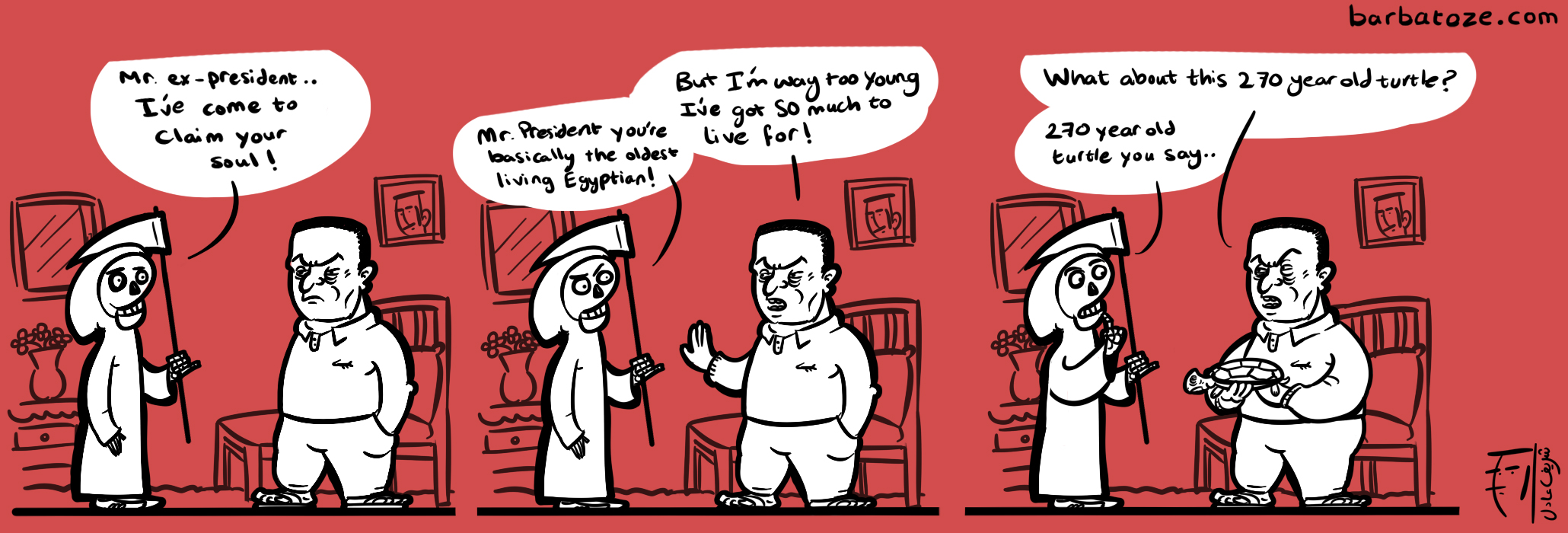By Oxford Business Group
CAIRO: The New Year sees a very different Egypt from the one that welcomed the opening of 2011, being in the process of instituting multi-party democracy, while trying to reshape the national economy. However, many hurdles still have to be overcome to ensure social, economic and political stability.
2011 will be remembered as the year Egyptians rose up and overthrew Hosni Mubarak and his government; a massive show of people power unleashed in January and fulfilling its mission a month later. However, even with the former president and many of his associates facing trial, there is still a feeling that the revolution is not yet ready to be consigned to the history books, remaining as it does for many an unfinished tale.
As 2011 ended, Egypt was still in the process of conducting parliamentary elections, part of the step-by-step move towards full democracy, a journey scheduled to be completed with the voting in of a head of state in 2012. The Freedom and Justice Party (FJP), the registered political wing of the Muslim Brotherhood, led in most regions and is the largest bloc in the new parliament.
The FJP and its allies will likely face a number of challenges in righting Egypt’s economic ship, which has taken a buffeting over the past 12 months. In the first quarter of the year, the Egyptian economy contracted by 4.3 percent, though returned to positive territory in the subsequent quarter, growing by 0.4 percent. While year-end figures have yet to be compiled, it is expected that the economy will have continued this trend; GDP expanded marginally over the three months to September.
Ratings agencies have remained cautious about Egypt, with Standard and Poor’s downgrading the country’s creditworthiness to B+, four levels below investment grade, while maintaining a negative outlook. This will further increase the country’s borrowing costs, which have already jumped due to domestic concerns, as well as the state of the global debt market.
In January, the planning and international cooperation minister, Fayza Aboul Naga reopened talks with the International Monetary Fund (IMF) with a view to securing a loan facility, having previously closed the door on $3 billion of support from the fund in June. The announcement came as it was revealed Egypt’s foreign reserves had fallen from $36 billion at the beginning of the year to around $18 billion now, and that the deficit for the fiscal year ending June 30 could rise to around $27 billion.
This shortfall is due in large measure to a drop in state income. One of Egypt’s main sources of revenue, the tourism trade, has experienced a marked downturn, with visitor numbers plummeting by around 80 percent in the early part of the year, when the protests against Mubarak and the crackdown on pro-democracy demonstrators were at their height. Since then, arrivals and receipts have recovered somewhat, but the Tourism Ministry’s final revenue for the year stood at $8.8 billion, well down on the $12.5 billion of 2010.
Egypt has in the past bounced back from events such as terrorist attacks targeting foreigners that have harmed its tourism industry, which accounts for around 10 percent of GDP. With such a well established tourism brand, and so many internationally famous attractions, visitors should in time return in droves, and this rebound may be speeded along by promotional activities and, even more importantly, through measures to increase confidence that Egypt is again a safe destination.
Indeed, there is hope for the sector: Mansour Amer, the chairman of Amer Group, told OBG, “Currently there are about 47,000 rooms under construction on the North Coast. 60-70 percent of Egypt’s total problems will be solved by electing a new government.”
Another problem being faced by the government is inflation, which has been steadily climbing, topping 9 percent in November, a 2 percent rise over the previous month. Two of the largest components in the consumer price index, food and beverages, jumped even further, with the rate of cost increases rising from an annualized 8.7 percent in October to 11.6 percent in November.
With spiraling prices on staples — one of the factors that drove protestors out onto the streets at the beginning of 2011 — the current administration and its elected successor will want to try to rein in inflation to avoid a renewed bout of social unrest.
The rising cost of living comes as an increasing number of Egyptians are struggling to find full-time work, with the latest data from the Central Agency for Public Mobilization and Statistics (CAPMAS) reporting the unemployment rate at 11.9 percent, up from 9.8 percent at the end of the 2010/11 financial year, which ended on June 30. However, this should ease as the economy starts to pick up and as more private sector firms begin hiring again.
Immediate prospects for 2012 indicate more of the same for the economy as seen in 2011, with growth slow and no quick-fix solutions on the horizon. Yet an eventual return to political stability and a more smoothly functioning bureaucracy will do wonders to restore confidence and invigorate an economy that has, in the past, exhibited a strong ability to rebound from adversity. –This article was first published by Oxford Business Group.


